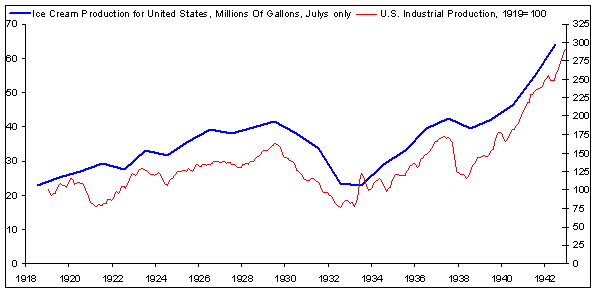Do you know FRED? If you’re an advocate for open government and open data, you definitely should. Reinvent Albany has spent the last year looking at government open data sites around the world, and FRED is one of the best. FRED is short for Federal Reserve Economic Data, and it’s an online database managed by the Federal Reserve of St. Louis; it contains over 61,000 economic data sets from 48 sources. FRED’s site helps a range of users find data and use it via multiple searching and browsing options, APIs with numerous software wrappers, mobile apps, maps, a cool Excel add-in, developer page. Also: an About page which describes the evolution of the site and the thinking behind its design and implementation.
In fact, FRED is so good at making data available that many people — two million annual users — rely on its APIs, RSS and Excel feature to update data originally generated by other government or banking sources.
FRED’s open data offering is so strong because the St. Louis Fed is using the data it’s sharing with the public. Therefore, FRED faces internal pressure to evolve and improve. Internal use is especially important for government open data approaches, because they do not otherwise have the same kind of strong public feedback signals that commercial sites get from selling advertising space or making online sales. FRED also benefits from serving an audience only looking for econometric data: it doesn’t have to be all things to all people like data.gov or the NYC Open Data site do.
So, while FRED does lots of things right, it is best as a model for agencies that produce large amounts of data which they themselves use. A FRED-like website would be a boon for the state comptroller, Division of the Budget, State Health Department, Department of Environmental Conservation, Department of Labor, and Independent Budget Office, among other data intensive agencies.
Lastly, FRED also includes a huge amount of archival data, including U.S. Ice cream production, which the Economist recently wrote about, and compared with industrial production.

